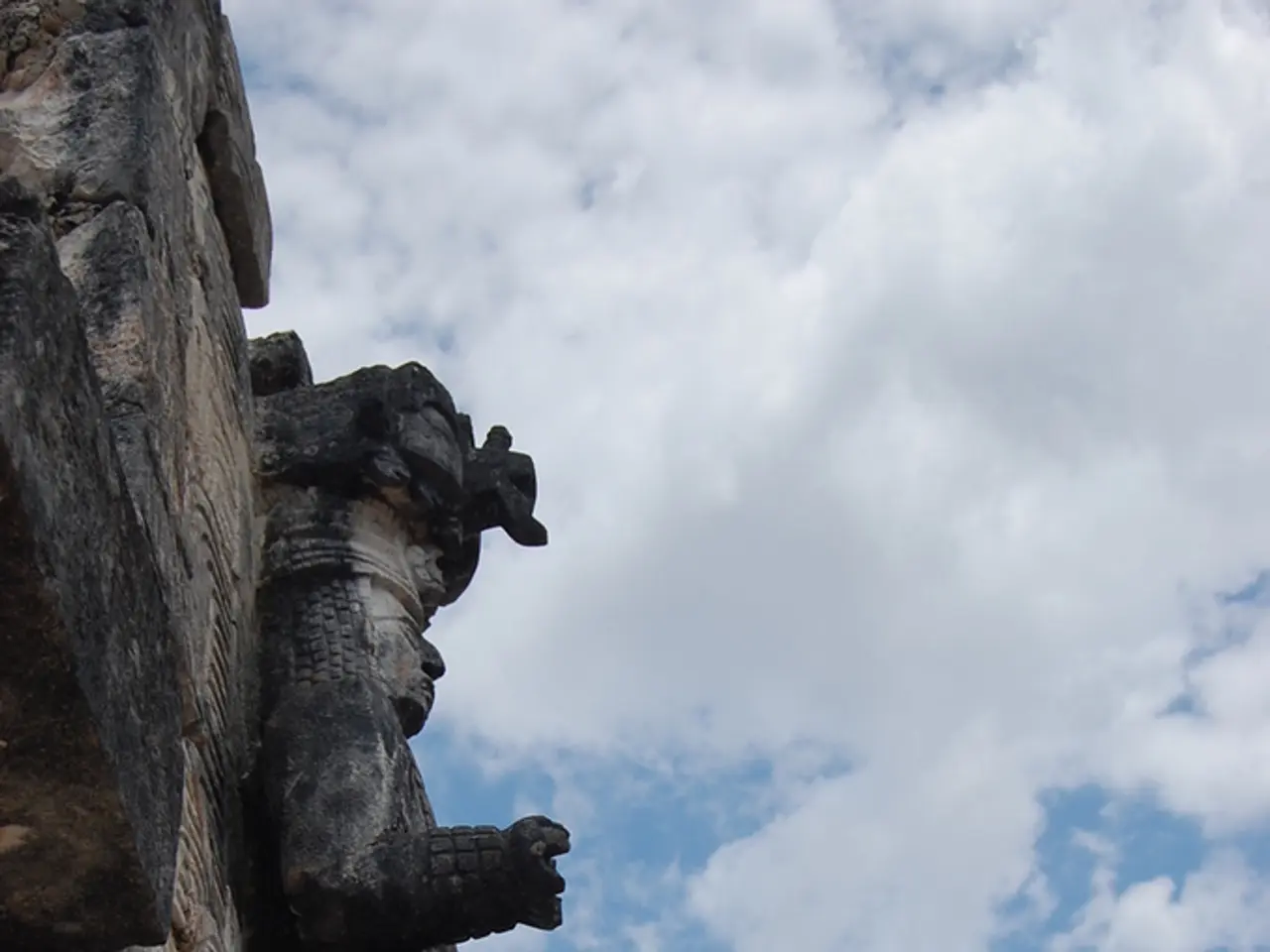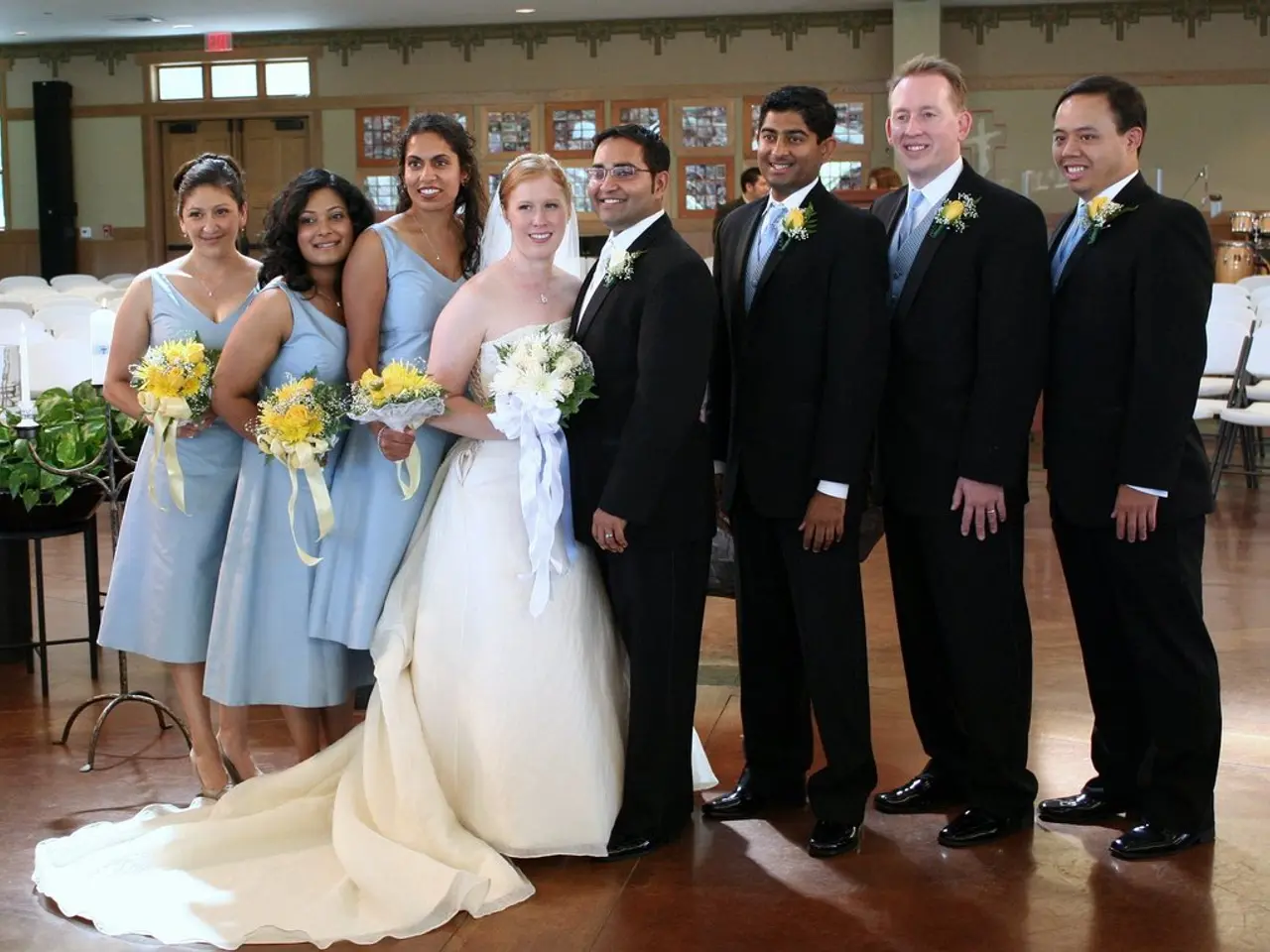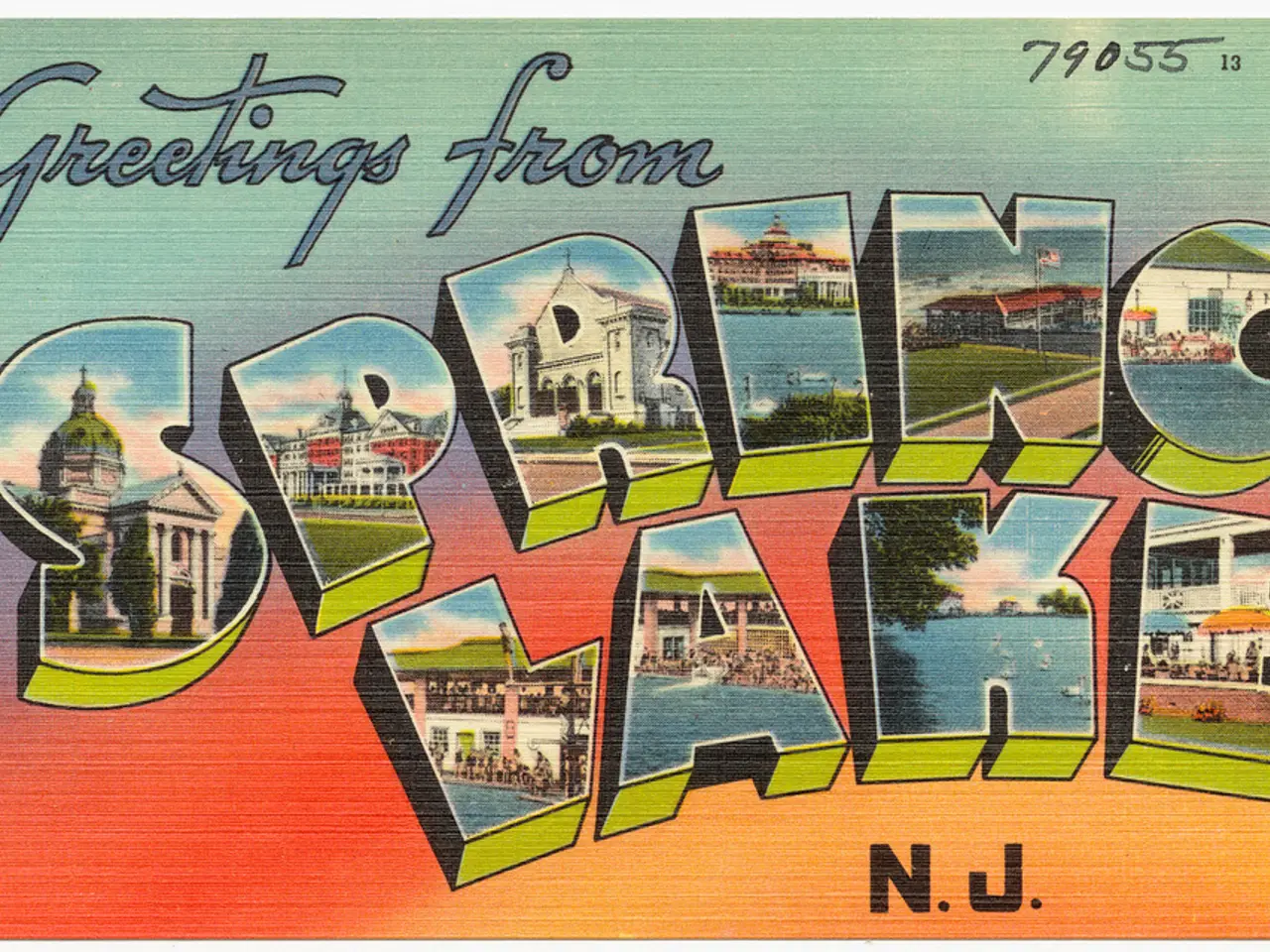Ancient Encounterings of Unidentified Flying Objects Shed Light on Humanity's Fascination with the Unknown and Unexplained
Unidentified Flying Objects (UFOs) have long been more than just strange objects in the sky. They represent the stories we tell ourselves about our place in the universe, with their history intertwined with culture, religion, and scientific exploration.
Before the 20th century, reports of UFOs were a far cry from the extraterrestrial spacecraft and "aliens" we understand today. These early accounts were typically described as mysterious lights, odd aerial objects, or "mystery airships."
One of the most notable historical accounts is the 1883 Bonilla Observation, where Mexican astronomer José Bonilla photographed hundreds of dark, unidentified objects crossing the sun. Although these were later interpreted as potential extraterrestrial craft in modern ufology, Bonilla himself described them as "obscure bodies" and speculated they might be fragments of a comet or other astronomical phenomena.
Another intriguing case is the 1896–1897 Mystery Airships, with newspapers in the United States publishing accounts of strange airships with bright lights, cigar-shaped bodies, and metallic hulls. Despite some attributing these to secret inventors, no physical evidence was ever found, leading to speculation about their true nature.
The Aurora, Texas, Incident of 1897 saw a local newspaper report the crash of an "airship" piloted by a "martian" who was supposedly buried in the local cemetery. However, this story is now widely regarded as a probable hoax, given the lack of corroborating evidence and the tone of the original report.
Reports of encounters with extraterrestrial life before the 20th century were not connected to UFOs in the modern sense. For example, Emanuel Swedenborg's claims of psychic contact with inhabitants of other planets and Thomas Blott's meeting a "Martian" in Kentucky did not involve sightings of spacecraft or aerial anomalies.
Most pre-20th century accounts were likely a mix of misperceptions, hoaxes, and misinterpretations of known phenomena. Astronomical events, experimental or imagined airships, and even misidentified birds or balloons could easily have been the basis for these reports.
The modern association between UFOs and extraterrestrial visitation is largely a post-1947 development, with the narrative around UFOs shifting dramatically in 1947 when amateur pilot Kenneth Arnold reported seeing nine fast-moving objects near Mount Rainier, Washington, leading to the now-iconic term "flying saucer."
In recent times, UFOs have evolved into symbols of scientific intrigue, Cold War paranoia, and hopes for extraterrestrial contact. However, their interpretation remains a subject of debate, with some viewing them as natural phenomena and others celebrating them as groundbreaking discoveries.
The enduring curiosity and creativity surrounding UFO sightings reveal our deep human ability to turn the unknown into stories, myths, and hypotheses. As we continue to explore the mysteries of the cosmos, the study of UFOs demonstrates how cultural narratives and imagination shape the way we interpret the unknown.
- Ancient civilizations, such as the Mayans and Egyptians, were known to have built pyramids, but it's interesting to consider if any of those mystery-wrapped structures were reported as UFOs in the past.
- The history of UFO sightings dates back to the 1883 Bonilla Observation, where Jose Bonilla, an ancient astronomer, photographed mysterious objects crossing the sun, sparking discussions about the origins of space-and-astronomy.
- UFOs, before the 20th century, were merely unexplained phenomena in the realm of pop-culture and entertainment, with examples like the 1896–1897 Mystery Airships captivating people's imaginations.
- While stories about extraterrestrial life, like Emanuel Swedenborg's psychic contact with inhabitants of other planets or Thomas Blott's encounter with a "Martian", did not involve spacecraft or aerial anomalies pre-20th century, their impact on our understanding of history and historical mysteries can't be ignored.








